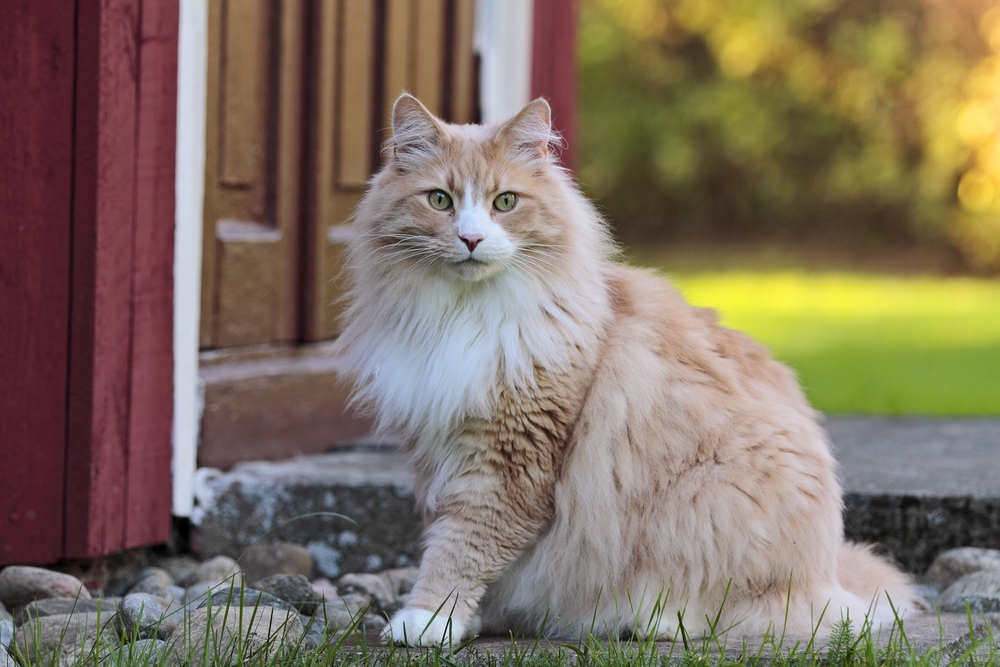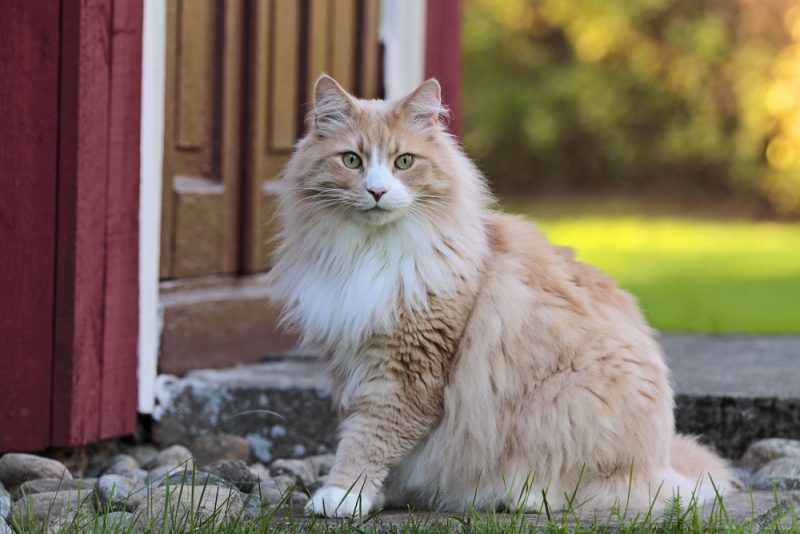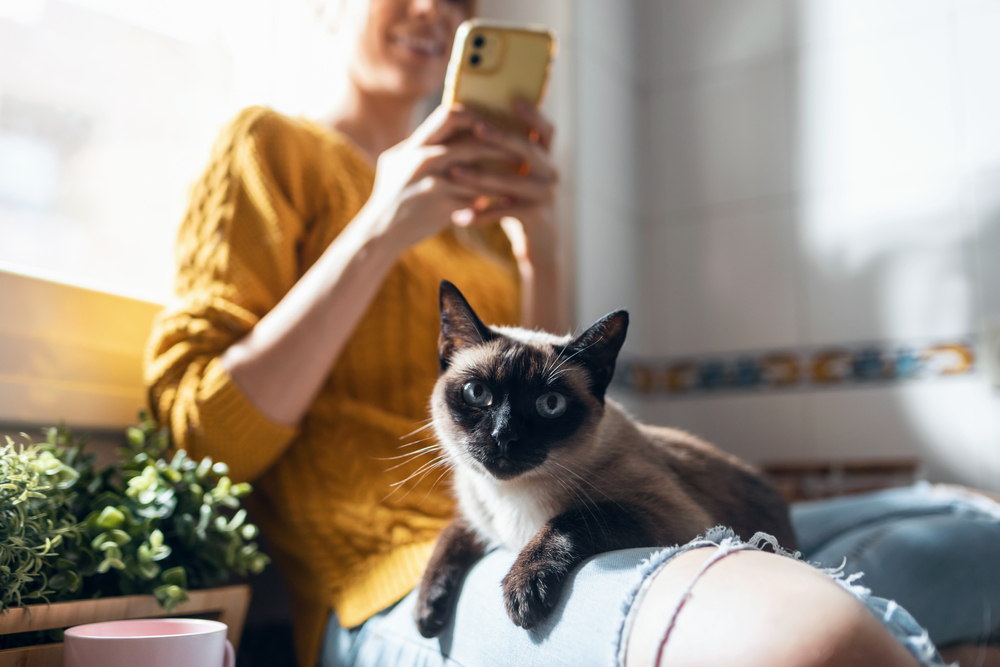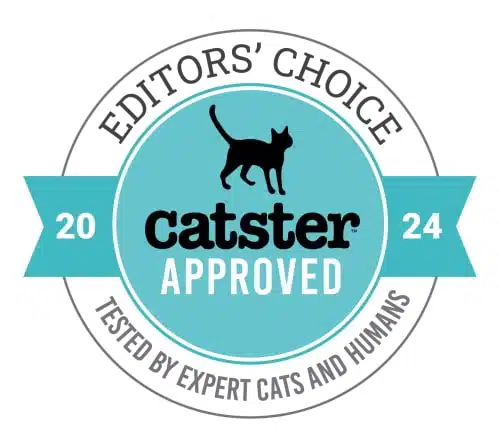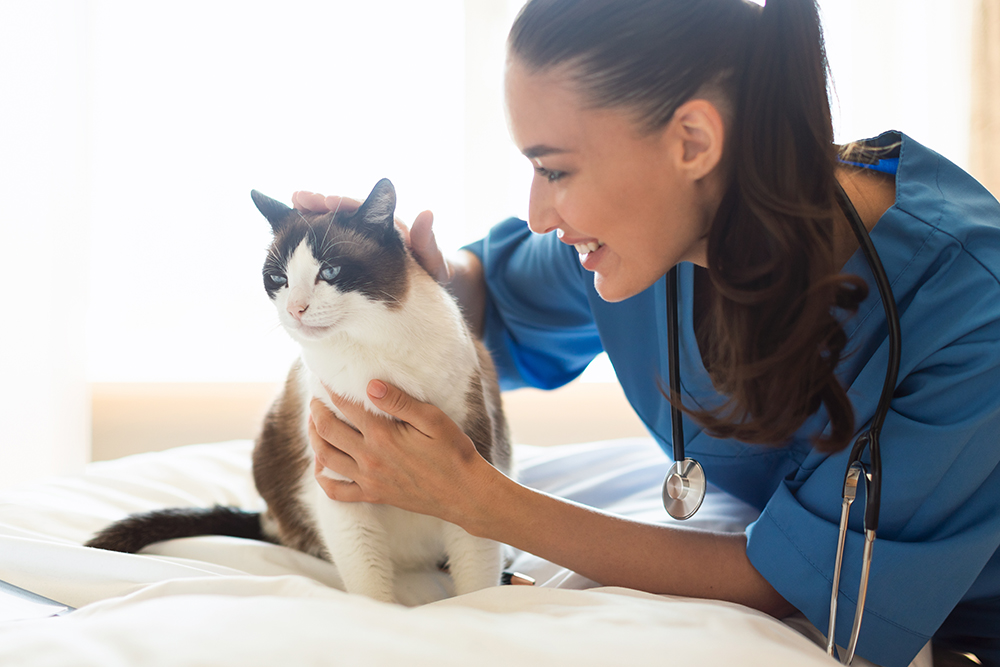People often associate the word mutation with something negative. While that may be true sometimes, the term is neutral and can imply positive, benign, or negative. Often, negative mutations drop out of a species’ DNA or genome over generations because of the adverse effects on survival. After all, the goal of life is to live long enough to reproduce and pass on your genes. Obstacles to competition are liabilities.
Genetics is a vast and rapidly evolving field that scientists are learning more about every day. Interestingly, only about 13 genes have changed in our domesticated feline companions when compared to their wild ancestors, and these genes are thought to be ones that improve a cat’s learning and memory capacity. Here are 10 common genetic mutations that can be found in cats.
The 10 Common Cat Genetic Mutations
1. Pointed Coloration
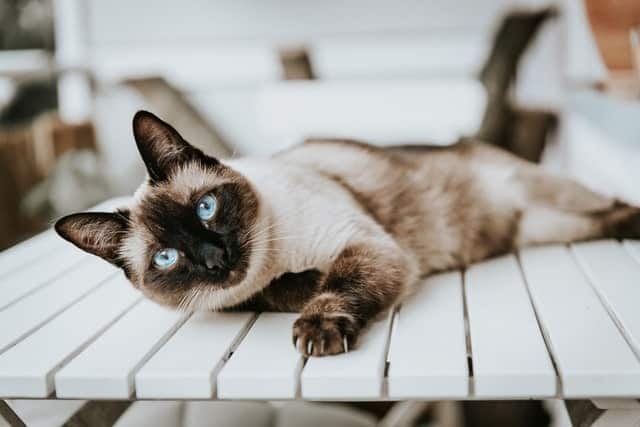
The pointed coloration of Siamese, Himalayan, and to a lesser extent, Burmese cats is a highly identifiable and sought after feature. Color points are the dark points of the feet, tail, and ears of members of these breeds. Interestingly, kittens don’t show this trait at first as it develops as the animal grows. It’s caused by a genetic mutation that leads to the mal-production of an enzyme (tyrosinase) that only works at cooler temperatures, hence the points being located only at the cooler extremities of the cat’s body. The enzyme is responsible for the production of melanin which is what produces the pigment.
2. Calico Coloration
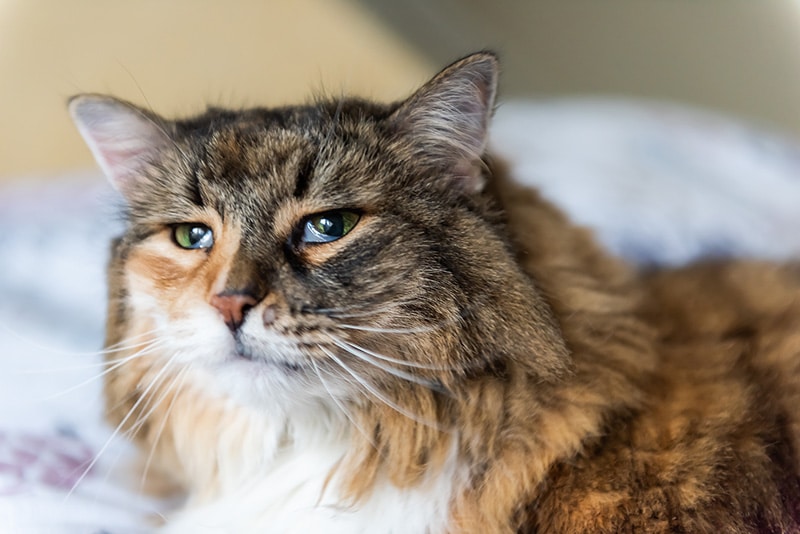
The calico coloration is particularly fascinating because it’s a sex-linked trait. That means it’s associated only with female cats because of the chromosome on which the orange color gene is located. To show the characteristic tri-color of a calico cat, two X chromosomes are needed (females have XX chromosomes and males have XY chromosomes). Therefore only female cats can show calico coloration.
Very rarely, a male cat may inherit an extra X chromosome, making him XXY. This is known as Klinefelter syndrome. In these cases, the male cat can show calico coloring, but they will also have health concerns and be infertile.
3. Tailless Cats
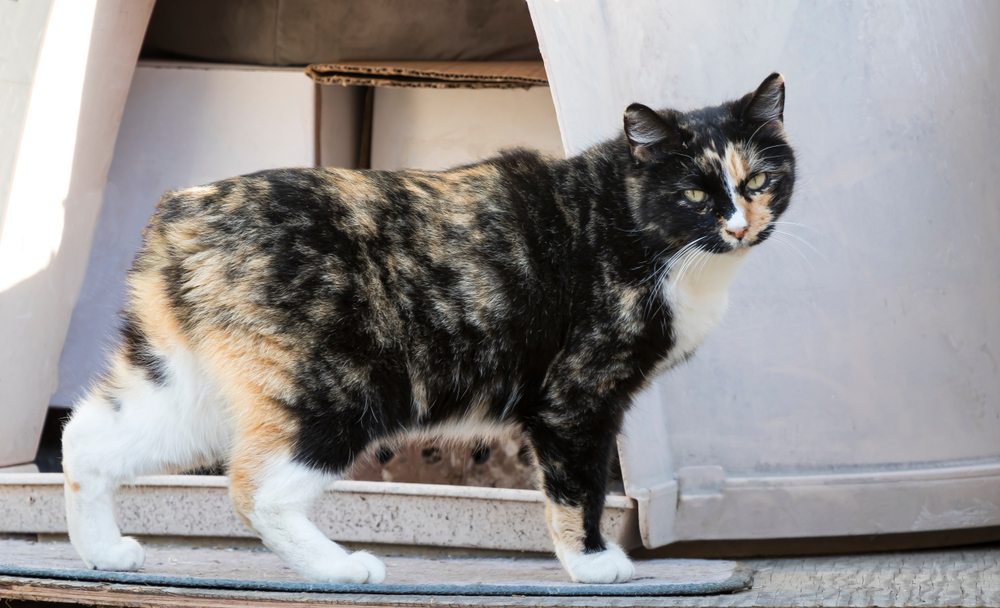
The Manx epitomizes this mutation. Scientists theorize it first occurred on the Isle of Man. The trait is autosomal dominant, meaning it arises on a non-sex chromosome, and that inheriting one copy of the mutated gene will mean the trait is expressed. Due to island isolation, inbreeding meant that the lack of a tail became a common trait. Due to the type of mutation, the kittens of the Manx aren’t necessarily all tailless, as they may inherit a non-mutated recessive allele from each parent. However, it’s also an example of a trait with unintended consequences.
People may have selectively bred for the tailless conditions. Nonetheless, some offspring may develop gait issues, incontinence, or spina bifida as a result. Enthusiasts cite the breed’s intelligence and dog-like behavior. They are hardy animals and even-tempered.
4. Folded Ears
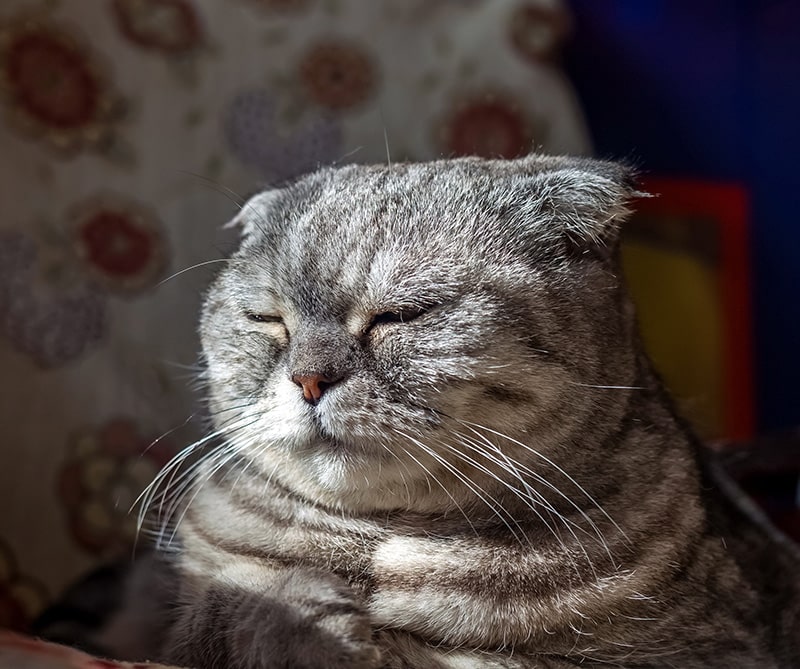
The term “fold” describes the varying degrees of the forward curl of a cat’s ears. The Scottish Fold originated in Scotland from a single cat, named Susie. Genetic mutations that affect the appearance of an animal are called body-type mutations. Enthusiasts selectively bred Susie because they thought she looked cute. Sadly, reproduction of this mutation has led to some undesirable traits called piggyback mutations.
If two “fold” cats are bred, they may produce a kitten with straight ears or a kitten with folded ears. Depending on whether the kitten has inherited one or two copies of the mutated fold gene, it may have more or less severe piggyback mutations. The most serious of these include a higher chance of developing osteochondrodysplasia, an inheritable condition that causes skeletal deformities including deformed toes, osteo-arthritis and an inflexible tail. Reputable breeders understand the risk and won’t allow two homozygous cats to mate.
5. Polydactylism
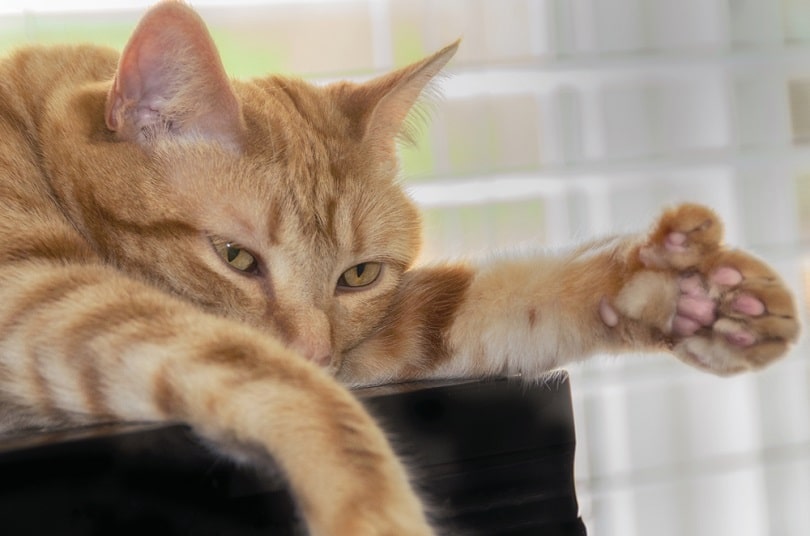
Several forms of polydactylism exist, normally as an autosomal dominant mutation. The phenotype, or the outward appearance, of the mutation is extra toes. Felines usually have 18 toes, with four and a dewclaw on the front and four on the hind paws. The most famous examples are the kitties living on the grounds of the Ernest Hemingway Home and Museum in Key West, Florida, where 60 cats roam, all with polydactyly genetics.
It can be a harmless mutation unless the extra toes are placed poorly, making them more prone to getting caught and broken. However, one variant often has the piggyback mutation for radial hypoplasia (RH) or the improper development of a cat’s radial bone. Fortunately, the European Convention for the Protection of Pet Animals dissuades breeders from perpetuating this mutation.
6. Dwarfism
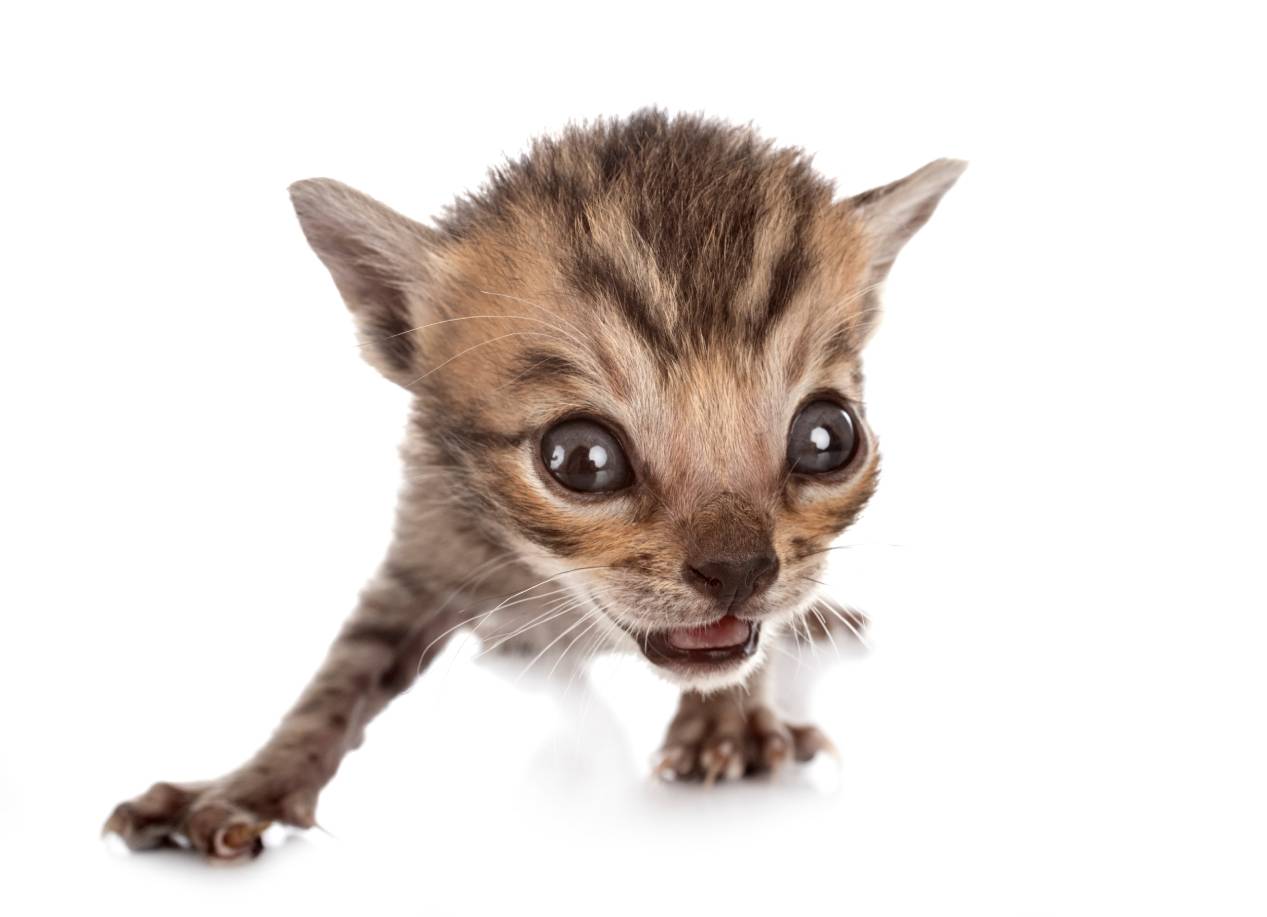
Dwarfism is a potentially harmful mutation that some unreputable breeders encourage in many animals, including dogs and cats. Many people equate small with cute, creating a ready market. Sadly, cats with the homozygous Munchkin trait (Mk) are more likely to perish because of their diminutive size. The trait is dominant, so felines with two different alleles will have dwarf traits, such as short legs, an easily damaged back and predisposition to osteoarthritis.
7. Hairless Cats
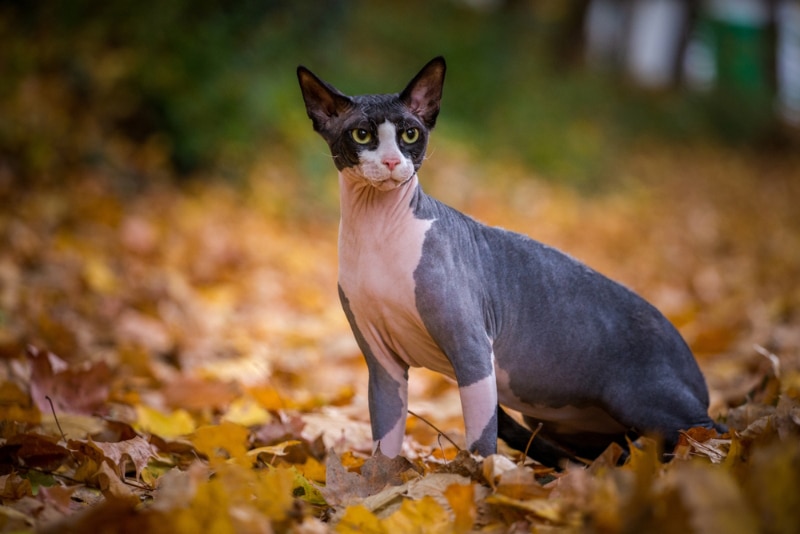
The Sphynx is a classic example of hairlessness in felines, a trait also seen in some dog breeds, such as the Xoloitzcuintli, Peruvian Inca Orchid, and American Hairless Terrier. It’s a naturally occurring mutation first identified in Ontario, Canada, although its name implies a more exotic origin. Other cats from Toronto and Minnesota contributed to the breed’s history.
The European Convention for the Protection of Pet Animals has also identified these animals as one that breeders should avoid. The hairless condition increases the likelihood of sunburn while offering little protection against the cold.
8. Long Hair
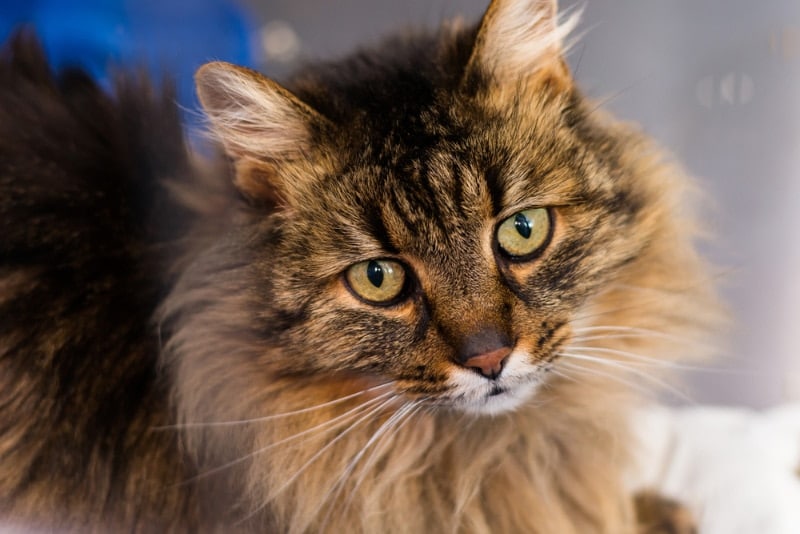
Four variants of the long-haired coat exist. The Ragdoll and Maine Coon likely originated in the United States. The Norwegian Forest Cat represents the Nordic race. The Persian is the oldest, with an origin in the Middle and Near East. Interestingly, Maine Coons have a higher propensity for polydactylism. Of course, these mutations aren’t harmful to domestic cats.
They’d be problematic for wild felines since their coats could get tangled easily. The other risk exists with a loss of genetic diversity from breeding purebreds.
9. Orange Coloration

The familiar orange or ginger coloration is a mutation of the wild tabby pattern seen in wild cats, including our pets’ ancestors. It was also one of the first genetically mapped by scientists. This trait is a recessive, sex-linked trait on the X chromosome. That means a male with one copy will visually express this coloration. A female must have both copies to be orange.
A female with two different alleles still carries the copy she may pass onto her offspring, although she won’t be orange. Scientists estimate that about one in four ginger-colored cats are female.
10. Hypertrophic Cardiomyopathy (HCM)
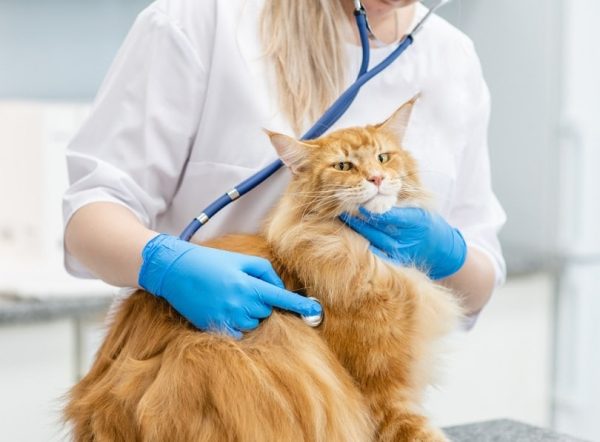
As we’ve said, some mutations don’t impact a cat’s life or reduce their chances for survival. Some are harmful out of the gate. Others are not as clearly defined. They may act as risk factors, giving an animal a potential trigger for disease later in life. Such is the case with hypertrophic cardiomyopathy (HCM). Not all cats with the mutation develop the condition, but if they are homozygous for the gene i.e. they have two copies of the mutation, they have a 50% chance of developing HCM. Some felines get HCM without having the mutation.
Maine Coons have a higher incidence than many other cat breeds. Genetic testing can help breeders and veterinarians determine risk factors and make decisions on responsible breeding.
Conclusion
Natural selection has made many changes in our pets through the ages. Selective breeding has added another dimension to the equation. Developing purebred cats has also played a role by reducing genetic diversity and perpetuating some mutations in the process. Sometimes, it’s a genetic crap shoot. The variants may be benign. Other times, they are problematic, making genetic testing worthwhile.
Featured Image Credit: Elisa Putti, Shutterstock

